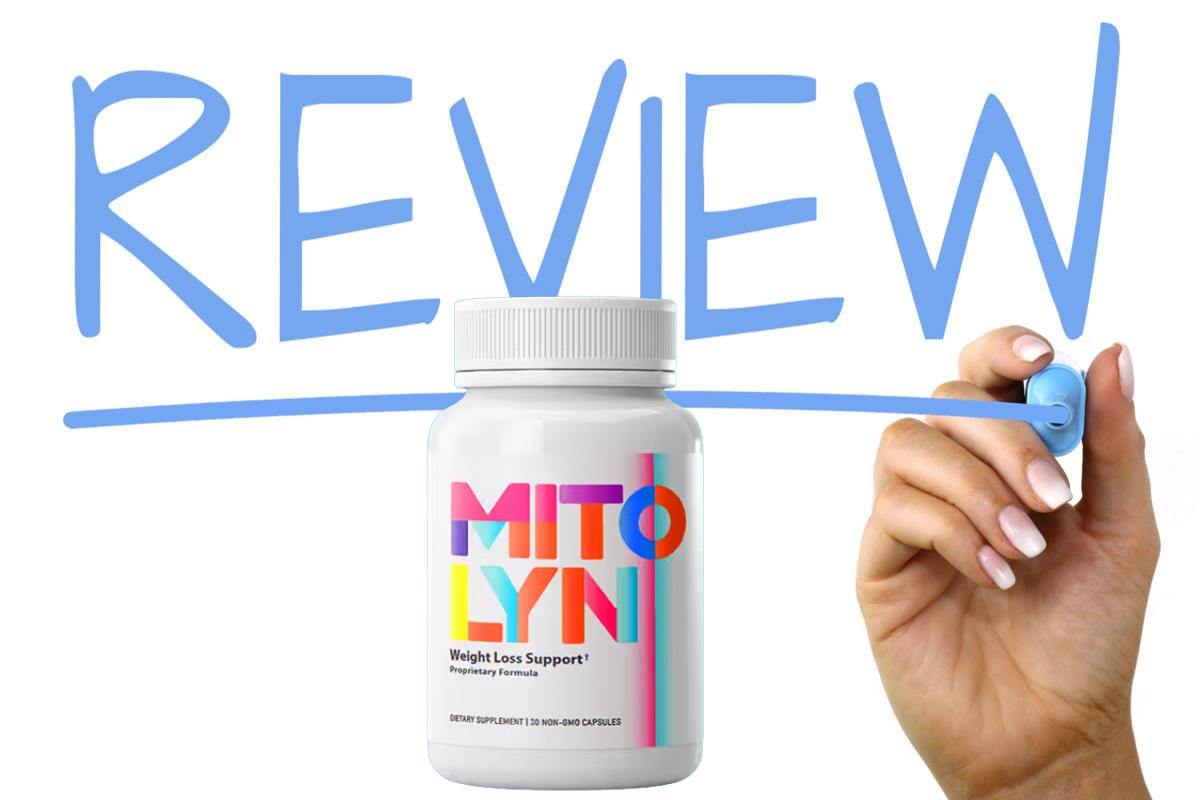Medicare is a vital health insurance program aimed at helping those aged 65 and older, along with certain younger individuals with disabilities. It’s designed to make healthcare accessible and affordable. However, understanding how it works can be complex, with various parts and options to choose from. If you’re approaching eligibility or have questions about coverage, you might find the details surprising. Let’s explore the ins and outs of Medicare together.
Understanding Medicare: An Overview
Medicare is a federal health insurance program primarily designed for people aged 65 and older, although it also covers certain younger individuals with disabilities. Understanding Medicare helps you navigate your healthcare options better.
It’s essential to know that Medicare provides coverage for hospital stays, doctor visits, and preventive services. This program aims to guarantee you have access to necessary medical care without incurring overwhelming costs.
When you turn 65 or qualify due to a disability, you’ll likely receive information on enrollment and coverage options. Familiarizing yourself with Medicare’s structure and benefits can empower you to make informed decisions about your health.
You’ll want to stay updated with any changes, as policies and coverage can evolve over time.
The Different Parts of Medicare
While traversing Medicare can seem overwhelming at first, understanding its different parts is necessary for making the best choices for your healthcare needs.
Medicare consists of four main parts: Part A, Part B, Part C, and Part D.
Part A covers hospital stays, skilled nursing facility care, and some home health services. Part B focuses on outpatient care, doctor visits, and preventive services.
Part C, known as Medicare Advantage, combines Parts A and B, often including extra benefits like vision and dental coverage. Finally, Part D provides prescription drug coverage, helping you manage medication costs.
Each part plays an important role in your overall health plan, so it’s essential to evaluate your options based on your specific healthcare requirements.
Eligibility Requirements for Medicare
To take full advantage of Medicare’s various parts, you need to know if you qualify. Generally, you’re eligible if you’re 65 or older, but younger individuals can qualify if they’ve certain disabilities or specific health conditions, like End-Stage Renal Disease or ALS.
You must be a U.S. citizen or a legal resident for at least five years to enroll. If you’ve worked and paid Medicare taxes for at least 10 years, you usually won’t pay a premium for Part A. If you don’t meet these work requirements, you might still access Medicare by paying premiums.
Be sure to check your eligibility status to verify you can receive the coverage you need when you’re ready to enroll.
How to Enroll in Medicare
Enrolling in Medicare is a straightforward process, but knowing when and how to do it can make all the difference. You can sign up during your Initial Enrollment Period, which starts three months before your 65th birthday and ends three months after.
If you’re already receiving Social Security benefits, you’ll get automatically enrolled in Medicare Parts A and B.
If you’re not automatically enrolled, you can apply online through the Social Security Administration’s website, by phone, or in person at your local Social Security office.
Make sure to have your documents handy, like your birth certificate and Social Security number. If you miss your enrollment window, you might face late penalties, so don’t wait!
Medicare Costs and Coverage
Understanding Medicare costs and coverage is essential for making informed healthcare decisions as you approach eligibility.
Medicare consists of different parts, each with unique costs. Part A usually covers hospital stays, and you mightn’t pay a premium if you’ve worked long enough. However, you’ll face deductibles and coinsurance.
Part B, which covers outpatient care, involves a monthly premium and an annual deductible, along with 20% coinsurance for services. If you choose Part D for prescription coverage, you’ll pay a separate premium.
Additionally, Medicare Advantage plans may offer extra benefits, but costs can vary. Knowing these details helps you budget effectively and guarantees you get the necessary care without unexpected financial burdens.
Choosing the Right Medicare Plan
How do you choose the right Medicare plan for your needs? Start by evaluating your health care requirements. Consider your current health status, medications, and preferred doctors.
Next, familiarize yourself with the different parts of Medicare: Part A covers hospital stays, Part B focuses on outpatient care, and Part D offers prescription drug coverage.
You might also explore Medicare Advantage (Part C) plans, which combine Parts A and B, often including extra benefits.
Compare costs, including premiums, deductibles, and out-of-pocket maximums. Don’t forget to check the network of providers for each plan.
Finally, review your options annually, as your needs and plan offerings may change. Taking these steps will help you find a plan that suits your lifestyle and budget.
Additional Benefits and Services
While evaluating your Medicare options, it’s essential to take into account the additional benefits and services that many plans offer beyond basic coverage. These extras can greatly enhance your healthcare experience.
Many Medicare Advantage plans include dental, vision, and hearing coverage, which Original Medicare doesn’t provide. You might also find wellness programs, gym memberships, and even transportation services to medical appointments.
Some plans offer meal delivery services post-hospitalization to help you recover. Additionally, telehealth services have become more prevalent, allowing you to consult with healthcare providers from home.
Common Myths About Medicare
Many people hold misconceptions about Medicare that can lead to confusion and poor decision-making.
One common myth is that Medicare covers all healthcare costs. In reality, you’ll likely face out-of-pocket expenses, such as deductibles and copayments.
Another belief is that you automatically get Medicare when you turn 65; however, you need to enroll during specific periods to avoid penalties.
Many also think Medicare covers long-term care, but it doesn’t generally provide that service.
Finally, some believe they can’t change plans after enrolling, but you can adjust your coverage during designated enrollment periods.
Understanding these myths is essential for making informed choices about your healthcare options.
Don’t let misinformation affect your Medicare experience.
Conclusion
In conclusion, Medicare is an essential program that helps you access necessary healthcare as you age or if you have a disability. By understanding its different parts and how they work, you can make informed choices about your coverage. Remember to check your eligibility and explore enrollment options to find the best plan for your needs. Don’t let myths about Medicare confuse you—educate yourself to guarantee you get the benefits you deserve.














